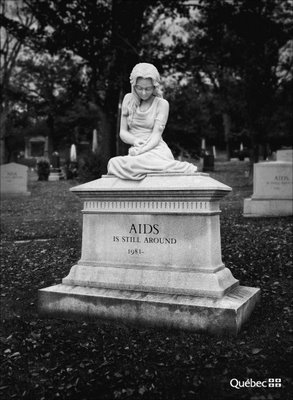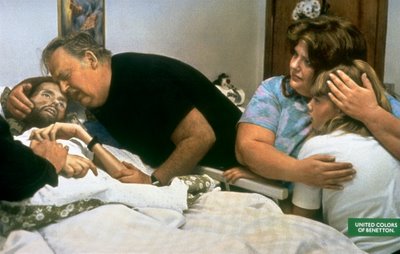The Winter Solstice and Seasonal
The winter solstice is upon us, marking the beginning of winter. It's the day when the Sun's setting position along the horizon stops changing. Solstice means "sun stop." Ancient peoples observed the position of sunset with care to be able to determine both the winter and summer solstices as a way of keeping time, making calendars. Stonehenge in England is just such an observatory. Solstice celebrations marked the rebirth of the Sun in Roman and other ancient cultures. Today, we also hold celebrations in December, and some traditions from ancient solstice celebrations remain. Decorated trees, Yule logs, mistletoe, and communal celebrations date back thousands of years as people observed the Winter Solstice. As the holidays approach, the weather chills (here in the northern climes), and people remark upon the seasons. "Brrrrr ... sure is cold. Must be because we are farther from the Sun in the winter." Wrong, the notion that our distance from the Sun determines the seasons is a widespread, common misconception about the Earth and its relationship to our star. As reasoning creatures, many of us compare the temperature variation through the seasons from long, hot days of summer to cold short days of winter with the experience of standing next to a fire. It's hotter close up, and cooler at a distance. But this common sense notion is not the cause of the seasons.
It is true that the Earth's distance from the Sun actually does vary during a year--but it is not enough to drive the seasons. The Earth's orbit is an ellipse with the Sun sitting at one foci. The closest approach of the Earth to the Sun is called perihelion, and happens on January 4, 2003 about two weeks after the winter solstice. Aphelion occurs when Earth is farthest from the Sun, and will happen on July 4, 2003, a couple of weeks after the summer solstice. The difference in distance? About 3 million miles, or about 3% of Earth’s total distance from the Sun, not nearly enough to explain the temperature difference between a cold day in January vs. a hot day July.
So, if it's not the distance, then what? It's the amount (in hours) and concentration (in watts per area) of light/energy striking the surface. That is determined by tilt of Earth's axis and its location in its orbit around the Sun. The Earth is tilted 23 degrees 27 minutes off perpendicular to its orbit. So as it spins (causing day and night) and orbits, the North-South axis points gradually away from (winter) and toward (summer) the Sun. This determines how many hours of daylight and darkness each of us receive at different seasons. Here, in the Northern Hemisphere, as we approach the Winter Solstice, the daylight hours are short and the weather is cold. Earth's North-South axis is pointed away from the Sun (from our perspective), and the Sun rises late, travels a low path across the sky, and sets early. The average energy per square foot per day is low compared with our northern summers.
It's not winter over the entire planet. If you travel down under to, say Australia, on the same date, it's the hot season in December. In the Southern Hemisphere, the Winter Solstice marks the beginning of the hottest weather for the people of Australia, Africa and South America. The "Winter Solstice" is the "longest day of the year" in Australia at the same time it is the "shortest day of the year" in the USA, Europe and other northern sites. So, as you celebrate a cold, and perhaps snowy holiday season, remember that when the Aussie's sing "I'm dreaming of a white Christmas" they're headed to bright white sandy beaches to celebrate the beginning of a long hot season.
(Brexians lair)






















